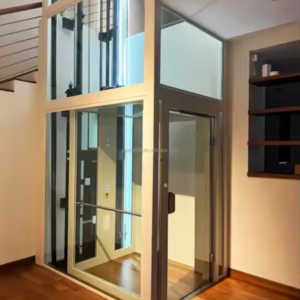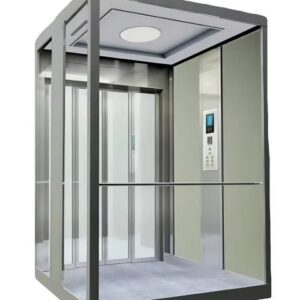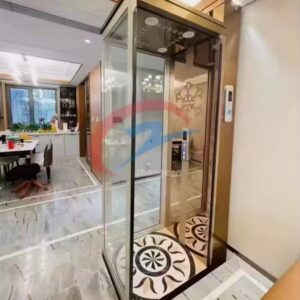Floor Lift Elevator
A floor lift elevator provides seamless vertical transportation between different levels of a building, enhancing accessibility and convenience. Ideal for homes, offices, and commercial spaces, it ensures safe and efficient movement. With various designs and advanced features, floor lift elevators offer reliability, comfort, and modern functionality for diverse needs.
Product Description
Floor Lift Elevator
A floor lift elevator is a vital transportation system. It enhances accessibility and convenience in residential, commercial, and industrial spaces. These elevators allow people or goods to move between floors effortlessly. They are commonly used in homes, offices, malls, hospitals, and warehouses. In places where stairs are impractical, they provide a better alternative.
Importance of Floor Lift Elevators
The main purpose of a floor lift elevator is to ease movement between floors. It reduces the strain of climbing stairs. In homes, it helps the elderly and people with mobility issues move freely. In offices and commercial buildings, it ensures quick access for employees and visitors. Industrial areas use these elevators to transport heavy goods efficiently.
Moreover, modern buildings demand accessibility. Floor lift elevators have become a crucial part of construction. They enhance property value by improving mobility and comfort.
Types of Floor Lift Elevators
Floor lift elevators vary in mechanism and usage. The three main types are hydraulic, traction, and pneumatic elevators.
Hydraulic elevators use fluid pressure to operate. They work best for low-rise buildings due to their smooth movement. Traction elevators, on the other hand, use cables and counterweights. They are ideal for mid-rise and high-rise structures. Meanwhile, pneumatic elevators function with air pressure. These are compact, making them suitable for small homes and limited spaces.
Key Features of Floor Lift Elevators
Modern elevators come with advanced features. Safety elements include emergency stop buttons, overload sensors, and automatic doors. Additionally, power backup systems ensure functionality during power failures.
Comfort is also a priority. Many elevators have smooth acceleration and deceleration, preventing sudden jerks. This feature is beneficial for elderly users. Furthermore, customization options allow users to choose cabin sizes, interior designs, and door styles. Advanced models even include voice control, touchscreen panels, and energy-efficient LED lighting.
Installation and Maintenance
Proper installation is crucial for performance and safety. Several factors must be considered, including space availability, load capacity, and building structure. A professional installation ensures compliance with safety standards.
Regular maintenance is equally important. Scheduled inspections, lubrication of parts, and checking electrical systems help prevent breakdowns. Many companies offer maintenance contracts to ensure smooth operation. This proactive approach increases the elevator’s lifespan and reliability.













Reviews
There are no reviews yet.